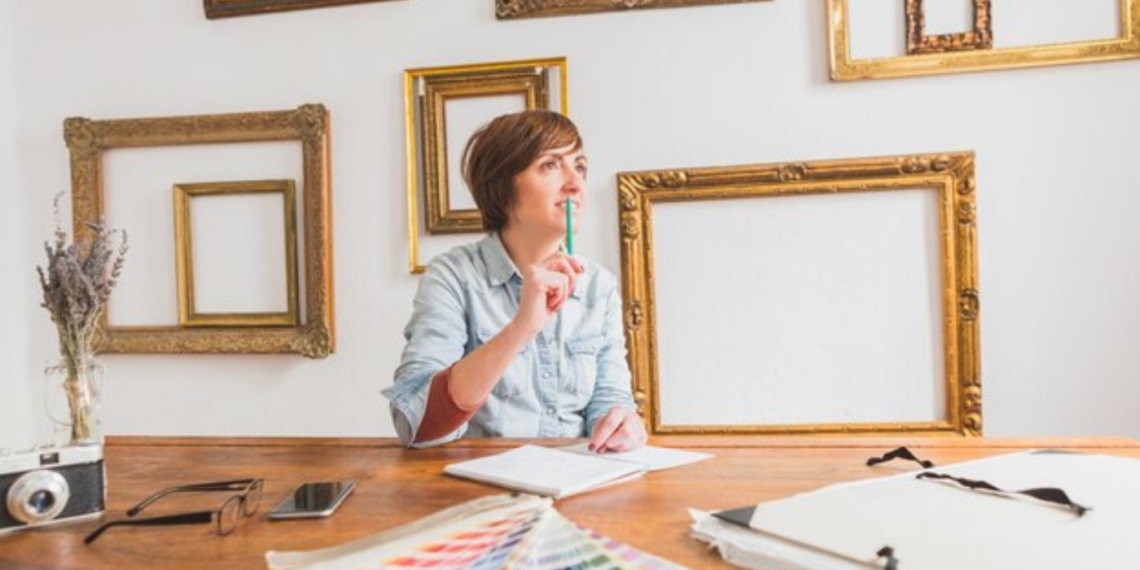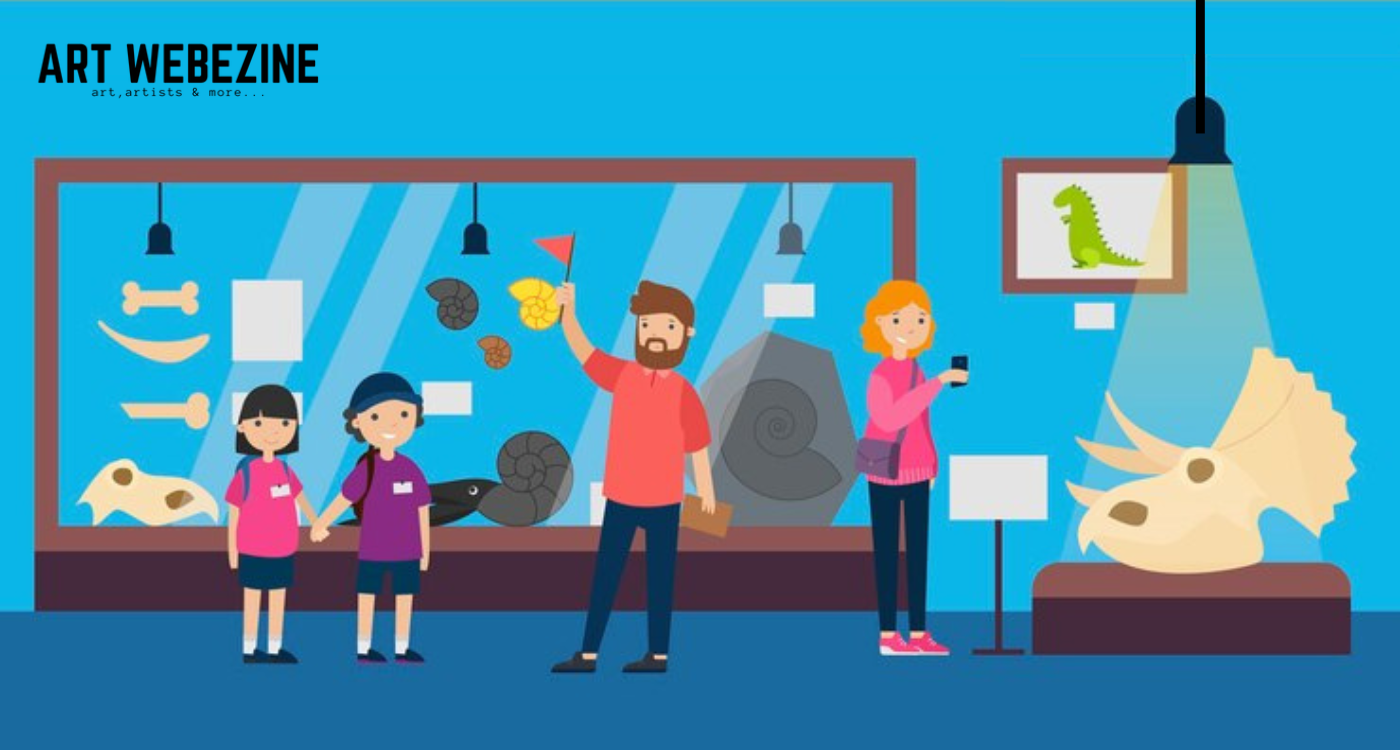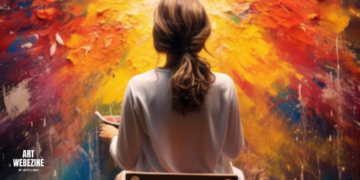Are you a budding art enthusiast with a limited budget? Starting an art collection may seem daunting, but fear not! In this blog post, we will provide you with valuable tips to kickstart your art collection without breaking the bank. Whether you’re a student, a young professional, or simply someone on a tight budget, these practical strategies will help you curate an impressive collection that reflects your unique taste and style. So, let’s dive in and discover how to begin your art journey on a limited budget.
Art has a profound impact on our lives, enriching our surroundings and stimulating our senses. The idea of starting an art collection is an appealing one, but it often comes with the misconception that it requires deep pockets. However, in this article, we will explore how to kickstart your art collection on a limited budget. We’ll delve into the significance of art and the benefits of starting a collection while offering practical tips to make it accessible to everyone.
Art Collection on a Limited Budget

Set a Budget
Starting your art collection begins with establishing a budget. Consider how much you can allocate to art without straining your finances. It can be helpful to create a monthly or yearly budget for your art collection to plan your purchases wisely.
Examples:
- If you can only afford to spend $20 per month on art, that’s okay. Start small and build your collection over time.
- If you have a larger budget, you can set aside a specific amount each month to buy art. For example, you could allocate $100 per month to art purchases.
- If you have a specific piece of art in mind that is more expensive than your budget, you can start saving up for it.
Research and Explore
To begin your art journey, immerse yourself in the world of art. Visit local art galleries, museums, and exhibitions to gain exposure to various art styles and genres. Attending art fairs and festivals is an excellent way to discover emerging artists and their affordable works.
In this digital age, online platforms and social media offer access to a vast array of art options. You can find affordable art pieces from artists worldwide, expanding your choices beyond your local area.
Examples:
- Visit your local art museum or gallery on a free admission day.
- Attend an art fair or festival in your area.
- Follow artists on social media to see their work and learn about upcoming shows.
- Browse online art marketplaces to compare prices and find affordable pieces.
Define Your Taste and Style
Experiment with different art styles and genres to determine your personal preferences. Your art collection should reflect your unique taste and style. Take your time to explore and understand what resonates with you.
Examples:
- Do you like abstract art or realistic art?
- Do you prefer paintings, sculptures, or photographs?
- Are you drawn to bright colors or muted tones?
- Do you like traditional or contemporary art?
Buy from Emerging Artists
Supporting local and emerging artists can be a rewarding and budget-friendly approach to art collection. Emerging artists often offer more affordable pieces, and you have the opportunity to witness their artistic journey from the beginning.
Attend art school exhibitions and showcases in your area to discover talented individuals who are just starting to make their mark in the art world.
Examples:
- Attend art student shows to discover talented emerging artists.
- Look for galleries that specialize in emerging artists.
- Follow emerging artists on social media to learn about their work and upcoming sales.
Consider Different Art Forms
Art comes in various forms, including paintings, prints, sculptures, photography, and more. Each art form offers different price points, allowing you to choose options that suit your budget.
For instance, prints and limited editions are often more affordable than original artworks. You can explore these options without compromising on quality or artistic value.
Examples:
- If you’re on a tight budget, consider buying prints or limited editions of original artworks.
- Look for affordable art forms, such as photography or collage.
- You can also try your hand at making your own art.
Look for Limited Editions or Prints
Limited editions and prints provide a cost-effective way to start your art collection. These reproductions of original artworks are typically more affordable, making them accessible to those on a limited budget.
Before making a purchase, research the printing techniques and editions to ensure you are investing in high-quality reproductions.
Examples:
- When buying a limited edition, be sure to research the printing technique and edition to ensure you’re getting a high-quality reproduction.
- You can find limited editions and prints online and at art galleries and shops.
Utilize Online Marketplaces

The internet has revolutionized the art market, making it easier than ever to connect directly with artists. Explore online platforms that bring buyers and artists together, allowing you to browse through a wide range of art pieces and compare prices.
Online marketplaces provide a convenient way to find affordable art that aligns with your budget and taste.
Examples:
- Some popular online art marketplaces include Etsy, Saatchi Art, and Artfinder.
- Be sure to read reviews before buying from an online seller.
- Make sure the seller offers a return policy in case you’re not happy with your purchase.
Negotiate and Get the Best Deal
Don’t be afraid to negotiate the price, especially when dealing with emerging artists or galleries. Many artists are open to discussing discounts or offering installment payment options to make their work more accessible to collectors on a budget.
Examples:
- If you’re interested in a piece of art, ask the artist if they’re willing to negotiate the price.
- You can also offer to buy multiple pieces from the artist at a discounted price.
- Be polite and respectful when negotiating.
Take Care of Your Art Collection
Once you’ve started your art collection, it’s essential to take proper care of your pieces. Handling, displaying, and storing your art correctly helps maintain its value and longevity. Consider investing in framing and conservation techniques to ensure your collection remains in excellent condition.
Examples:
- Frame your artworks to protect them from dust and damage.
- Store your artworks in a cool, dry place.
- Clean your artworks regularly with a soft, dry cloth
Connect with Other Art Enthusiasts
Art collecting can be a solitary endeavor, but it doesn’t have to be. Join art communities and forums to connect with like-minded individuals who share your passion for art. Attend art-related events and networking opportunities to expand your knowledge and appreciation of art.
Examples:
- Join an art club or online forum.
- Attend art-related events, such as openings and receptions.
- Follow art critics and curators on social media.
- Volunteer at a local museum or gallery.
Stay Patient and Persistent
Building an art collection, especially on a limited budget, requires patience and persistence. It may take time to find the perfect pieces that align with your taste and budget. Stay committed to your journey, keep exploring, and enjoy the process of discovery.
Examples:
- Don’t be afraid to walk away from a piece of art if it’s not right for you.
- Keep your eyes open for affordable art at unexpected places, such as thrift stores and flea markets.
- Don’t be afraid to ask for help from art experts, such as gallerists and curators.
Conclusion
In conclusion, starting an art collection on a limited budget is not only possible but also rewarding. By following these tips, you can begin your art journey without breaking the bank:
Research and educate yourself about different art styles, artists, and mediums to make informed choices. Look for emerging artists or local art fairs to find affordable yet promising pieces. Explore online platforms and auctions that offer affordable art options. Consider buying prints or limited editions, which can be more budget-friendly than original artwork.
Take advantage of payment plans or installment options to make purchasing art more manageable. Don’t be afraid to negotiate or ask for discounts, especially when buying directly from artists or galleries. Start with small and meaningful pieces, gradually building your collection over time.
Remember, the value of art goes far beyond its price tag. With patience, research, and a discerning eye, you can embark on an art collection journey that is both fulfilling and financially feasible. Happy collecting!







